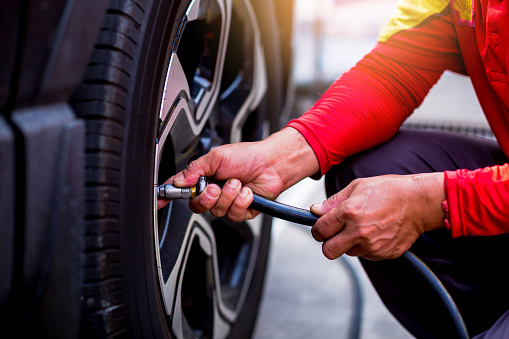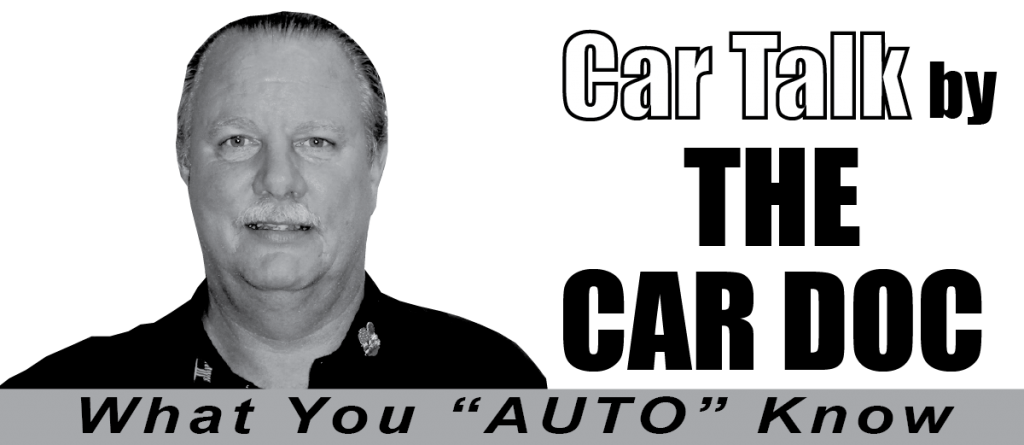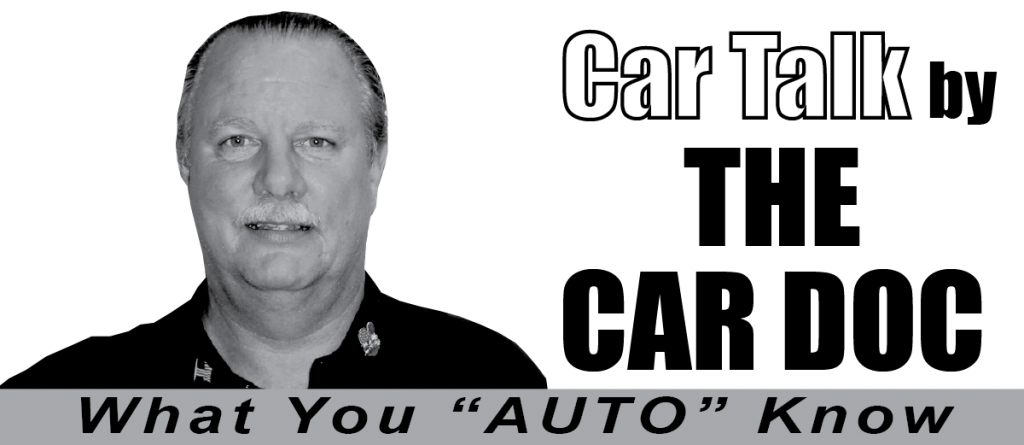Remember snow tires? They were basically just regular tires with big, knobby lugs to get them through deep snow. They were loud and rode hard, and Glendora drivers couldn’t wait to get them off the car. Then along came television advertisements for “all-season” radials. California car owners ran out and bought some and we thought we were done with snow tires forever.
Tires have come a long way since then. Modern winter tires sold in the Los Angeles area are much better designed for the wide range of dangerous conditions that come with California winter weather. They are made with a rubber compound that helps them stay flexible in cold weather. Regular tires become hard and stiff at Glendora temperatures below 45°F, which reduces their traction. That’s a critical concern in winter, especially with snowy or wet Glendora conditions. But it also means that Glendora auto owners are better off with winter tires in cold weather even when it’s dry.
The tread design on winter tires has been improved to actually move snow, slush and water. The lugs and grooves actually throw packed snow out of the tread as the tire rotates. This means the tread is open and ready to move more snow when it rolls around again. Summer tires can actually pack up with snow, which makes them more detrimental than a bald tire.
Many winter tires use a micro-pore compound that lets the tire bite into ice and snow. They have wider grooves around the tire that help expel snow. They have a rounder casing to better cut into the surface of snow. Modern winter tires available at California tire shops also have sipes, or thin slits cut into the tread. The edges of these sipes can grab ice and snow so that the tire retains traction on almost any surface. The sipes also help to expel water and slush from the tread. In short, a lot of time and engineering has gone into improving winter tires.
The all-season tire that is popular among Los Angeles drivers is actually a compromise between summer and winter performance. This means they give adequate performance for Glendora auto owners in either season, but aren’t great in either. Summer tires give great performance in hot weather, but lousy performance in winter. Glendora motorists need to put more thought into their tire choices these days, but that also means they get a lot better performance for their money.
If you want the performance that new winter tires can give you, you should have them properly installed at your Glendora service center or Certified Auto Specialists. It’s best to purchase four snow tires and put them on all the wheels of your vehicle. But if you only want two, you need to put them on the rear of your vehicle, even if you drive a front-wheel drive vehicle. Glendora drivers always want to put the tires with the best traction on the rear of the vehicle.
Imagine this: You take a corner on an icy Los Angeles road and your rear end starts to slide. What happened is that the front end slowed for the turn, but the rear end hasn’t figured that out yet. If you have high-traction tires on the front of your vehicle, that makes the problem worse. You’re slowing the front end faster and harder, which makes the back end fishtail even more.
Putting the higher traction tires on the rear will give Glendora auto owners more control for turns, regardless of the type of vehicle driven. Of course, that makes putting high-traction tires on all of your wheels even smarter. Why not give all of your tires the best traction they can get? Some Glendora assume that four-wheel drive or all-wheel drive vehicles only need winter tires on two wheels. Why? Doesn’t it make sense to give all four wheels the same level of traction and control? Four-wheel or all-wheel drive cannot compensate for poor traction.
Another false assumption held by many Glendora car owners is that if you have traction control and anti-lock brakes, you won’t need winter tires. Traction is essential for good acceleration, steering and stopping. And tires provide traction. Traction control and anti-lock brakes can only improve on that traction. The better the traction, the better the traction control and anti-lock brakes will work. In other words, the better the tires, the better those systems will work for Glendora drivers.
A Canadian law requires all passenger vehicles, rental cars and taxis registered in Quebec to have winter tires on all four wheels from November 15th until April 1st.
If you’re shopping for winter tires and live where there is a lot of snow in California, look for a mountain with a snowflake in it molded into the tire’s sidewall. This symbol means the tire complies with severe snow standards. All-season tires have an M&S stamped on the sidewall. M&S stands for mud and snow.
For more important auto advice about tires for any California season, speak with your reliable Certified Auto Specialists tire professional. They can help you opt for the right tire for your area and for your driving needs. For the best performance from your tires, whatever the season, don’t forget preventive maintenance. Keep your tires up to pressure for best durability, safety and performance, but don’t overinflate them. Remember, good car care provides the safest road for all of us Glendora car owners.




